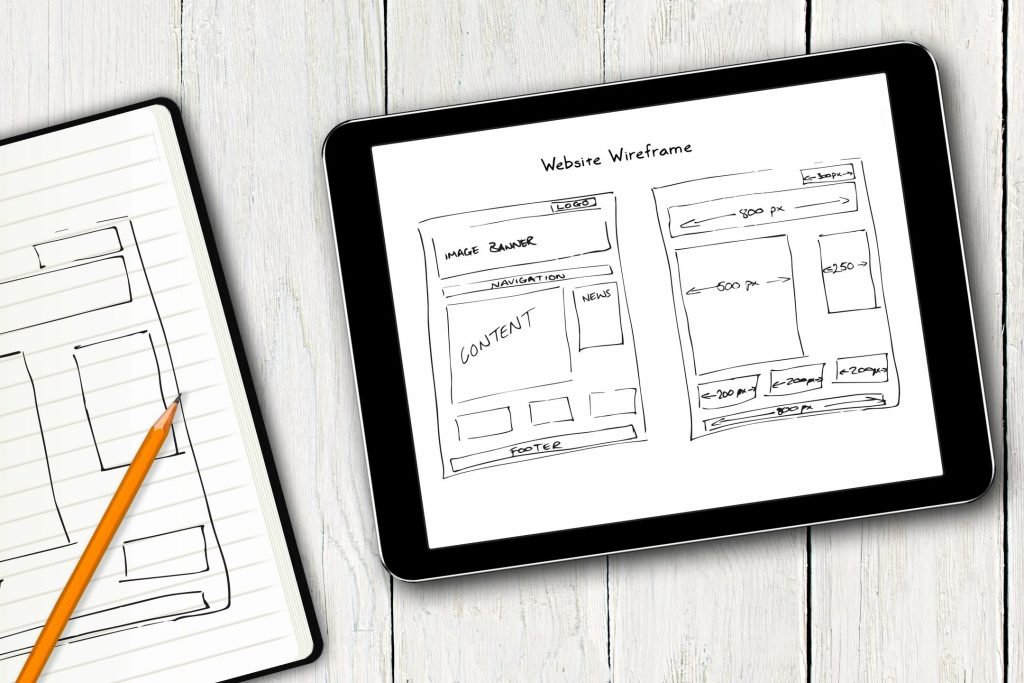There are several best practices for front-end development that can help to ensure that a website is both visually appealing and user-friendly. Some of the key practices include:
- Responsive design: With the increasing use of mobile devices to access the internet, it is important for websites to be optimized for different screen sizes and resolutions. Responsive design allows for a seamless user experience across all devices, from desktops to smartphones.
- Semantic HTML: It is essential to use semantic HTML tags such as <header>, <nav>, <main>, <article>, <aside>, <footer> to create a well-structured and accessible website. This makes it easier for search engines to understand the content and also makes it more usable for users.
- CSS preprocessors: CSS preprocessors such as SASS and LESS can help to make styling more efficient and maintainable. They allow for the use of variables, functions, and nesting, making it easier to manage and organize CSS code.
- Modular CSS: CSS should be written in a modular and reusable manner, using techniques such as BEM (Block Element Modifier) or SMACSS (Scalable and Modular Architecture for CSS). This makes it easier to manage and maintain the CSS codebase.
- JavaScript Frameworks: JavaScript frameworks such as Angular, React and Vue have become increasingly popular in recent years. These frameworks allow developers to create powerful, interactive and dynamic user interfaces.
- Optimizing load time: Optimizing the load time of a website is essential for improving user experience. This can be achieved by compressing images, minifying CSS and JavaScript, and using a Content Delivery Network (CDN).
- Cross-browser compatibility: It is essential to ensure that the website is compatible with different web browsers. This can be achieved by using feature detection and browser-specific CSS prefixes.
- Accessibility: It is important to ensure that a website is accessible to users with disabilities. This can be achieved by using semantic HTML, providing alternative text for images, and using ARIA (Accessible Rich Internet Applications) attributes.
By following these best practices, front-end developers can create visually appealing and user-friendly websites that are optimized for different devices and web browsers.



